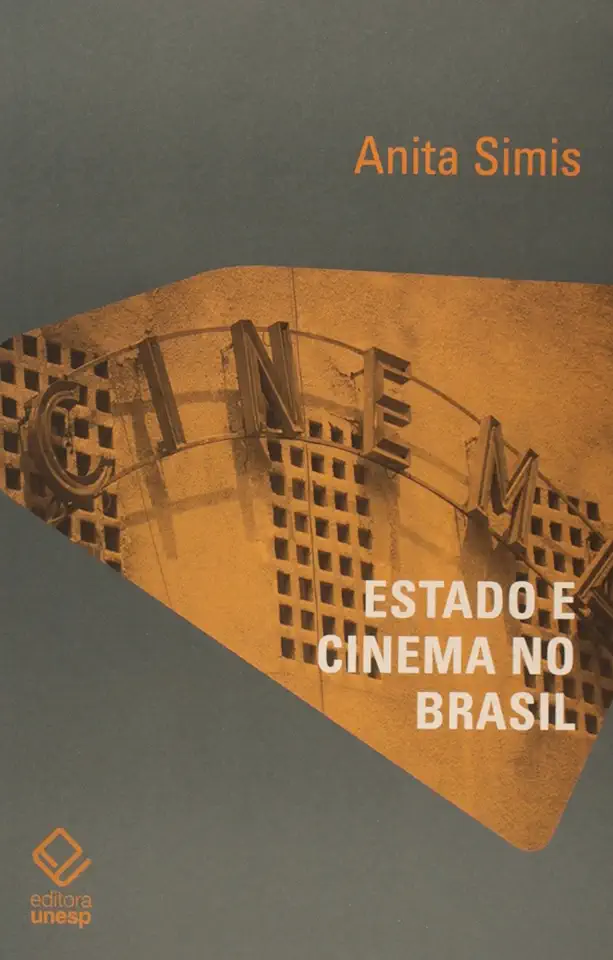
State and Cinema in Brazil - Anita Simis
State and Cinema in Brazil: A History of How the State Shaped Brazilian Cinema
Anita Simis's "State and Cinema in Brazil" is a comprehensive and insightful history of the relationship between the Brazilian state and the country's film industry. Simis argues that the state has played a central role in shaping Brazilian cinema, from its early days as a tool of propaganda to its current status as a vibrant and diverse industry.
The Early Years: Cinema as Propaganda
In the early 20th century, the Brazilian state saw cinema as a powerful tool for propaganda and social control. The government used film to promote its own policies and to disseminate its ideology. This was especially true during the Estado Novo dictatorship (1937-1945), when the state tightly controlled the film industry and used it to promote its nationalist and authoritarian agenda.
The Post-War Years: Cinema as a Form of Cultural Expression
After the fall of the Estado Novo, the Brazilian state began to take a more hands-off approach to the film industry. This allowed for a greater diversity of voices and perspectives to emerge in Brazilian cinema. The 1950s and 1960s saw the rise of a new generation of filmmakers who used cinema to explore social and political issues and to challenge the status quo.
The Military Dictatorship: Cinema as a Form of Resistance
During the military dictatorship (1964-1985), the Brazilian state once again used cinema as a tool of propaganda and social control. However, this time, the state faced a more organized and vocal opposition from filmmakers and other artists. The Cinema Novo movement, which emerged in the 1960s, used cinema to document the social and political realities of Brazil and to resist the dictatorship.
The Post-Dictatorship Years: Cinema as a Form of Cultural Expression
After the fall of the military dictatorship, the Brazilian state once again took a more hands-off approach to the film industry. This has allowed for a continued diversity of voices and perspectives to emerge in Brazilian cinema. The contemporary Brazilian film industry is one of the most vibrant and diverse in the world, and it produces a wide range of films that explore a variety of social, political, and cultural issues.
Conclusion
Anita Simis's "State and Cinema in Brazil" is a must-read for anyone interested in the history of Brazilian cinema or in the relationship between the state and the film industry. Simis provides a comprehensive and insightful analysis of the role that the state has played in shaping Brazilian cinema, and she offers a nuanced understanding of the complex relationship between the state and the film industry.
Why You Should Buy This Book
If you are interested in Brazilian cinema, or in the relationship between the state and the film industry, then you should buy this book. "State and Cinema in Brazil" is a comprehensive and insightful history of the Brazilian film industry, and it offers a nuanced understanding of the complex relationship between the state and the film industry. This book is a must-read for anyone interested in these topics.